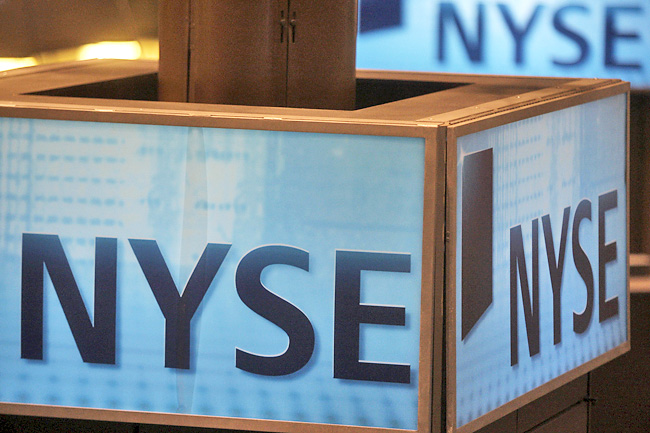NEW YORK (AP) – Wall Street closed out its most punishing week since the 2020 coronavirus crash with a meandering day of trading Friday that left it a bit higher.
The S&P 500 rose 8.07 points, or 0.2 per cent, to 3,674.84 after waffling between modest losses and gains for most of the day. The Dow Jones Industrial Average dipped 38.29, or 0.1 per cent, to 29,888.78, while the Nasdaq composite climbed 152.25, or 1.4 per cent, to 10,798.35.
The relatively quiet trading capped a brutal, tumultuous week for Wall Street. The S&P 500 lost 5.8 per cent for its 10th drop in the last 11 weeks. That’s its worst week since March 2020, when stocks were in free-fall as the global economy suddenly shut down at the onset of the pandemic.
Markets around the world have been shuddering as investors adjust to the bitter medicine of higher interest rates that the Federal Reserve and other central banks are increasingly doling out. Higher rates can bring down inflation, but they also risk a recession by slowing the economy and push down on prices for stocks, bonds, cryptocurrencies and other investments.
“Any lack of clarity or lack of confidence in the Federal Reserve is going to create a lot of volatility in the market,” said chief investment officer at Verdence Capital Advisors Megan Horneman.
The S&P 500 remains in a bear market after it earlier this week dropped more than 20 per cent below its record. It’s now 23.4 per cent below its all-time high set in January and is back to where it was in late 2020.

“There’s a lot of uncertainty right now about the timing of a recession, but the risks are clearly rising,” Horneman said.
On Wednesday, the Fed hiked its key short-term interest rate by triple the usual amount for its biggest increase since 1994. It could consider another such mega-hike at its next meeting in July, but Fed Chair Jerome Powell said increases of three-quarters of a percentage point would not be common.
The Fed has also just begun allowing some of the trillions of dollars of bonds it purchased through the pandemic to roll off its balance sheet. That should put upward pressure on longer-term interest rates and is another way central banks are yanking supports earlier propped underneath markets to bolster the economy.
The Fed’s moves are happening as some discouraging signals have emerged about the economy, even if the jobs market remains solid. The latest was a report on Friday showing the nation’s industrial production was weaker last month than expected.
Other disappointing data, including sagging spending at retailers and soured consumer sentiment, have raised concerns the Fed’s actions could wind up being too aggressive.
Powell will testify before Congress this upcoming week on monetary policy, and what he says is sure to guide trading. The testimony is scheduled for Wednesday and Thursday, which could mean more steep swings for Wall Street.
In the six days since a game-changing report showed US inflation is accelerating, not easing as investors had hoped, the S&P 500 has had three days where it tumbled at least 2.9 per cent. That’s happened only five other times total in the last year.
For Friday at least, trading was calm as Treasury yields eased further from their highest levels in more than a decade and a measure of nervousness on Wall Street sank.






